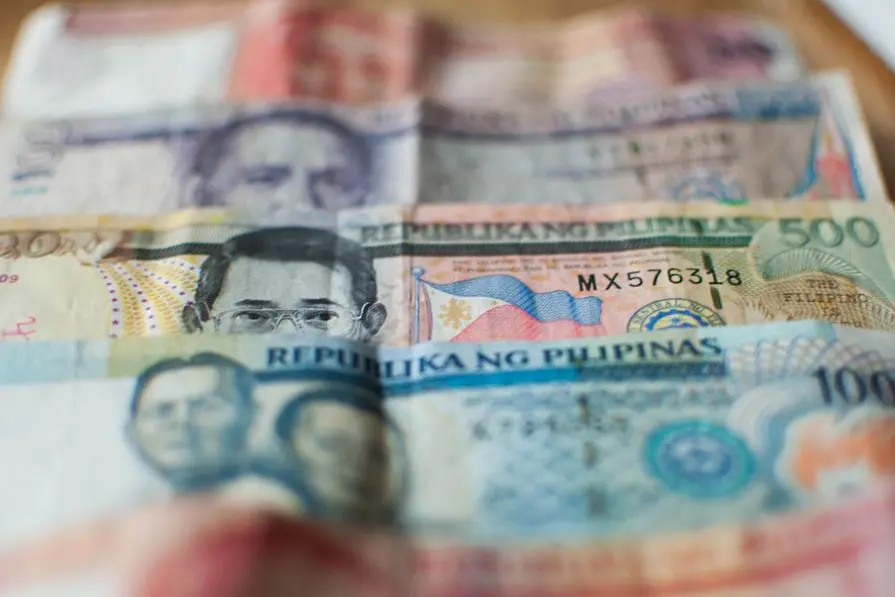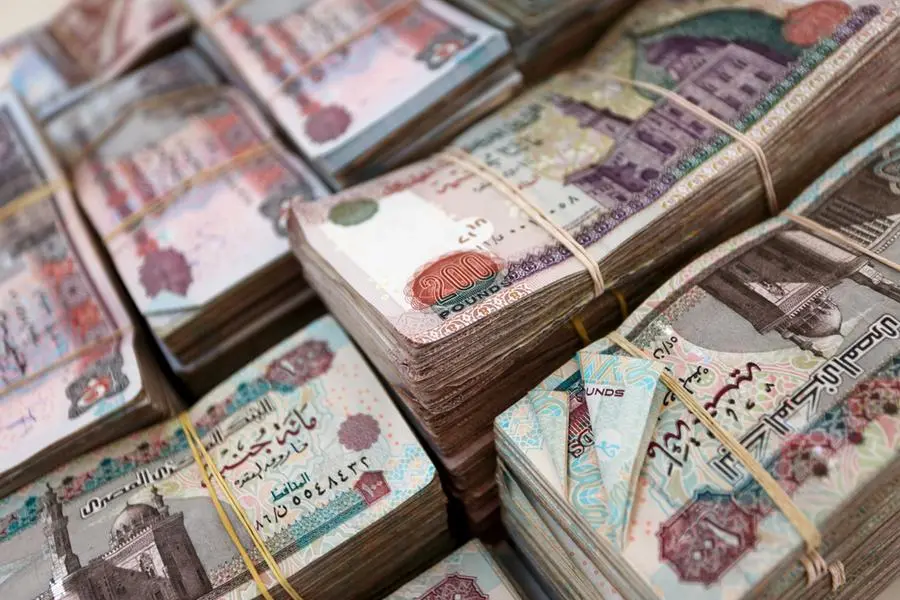PHOTO
Filipinos may start cutting their travel spending if the peso continues to lose its value, as airlines are expected to raise airfares to offset their foreign exchange costs.
Aviation executives and analysts told The STAR that air travel demand may begin to come down if the peso further depreciates against the dollar as was seen recently.
Cebu Pacific president and chief commercial officer Alexander Lao said the airline pays as much as 70 percent of its expenses in dollars, adding another cost pressure as the peso weakens.
'The peso's weakening is something that we have to manage because 70 percent of our expenses are in dollars. We do think airfares might have to go up as a result of the weakening of the peso. You have to. If your major components are in dollars, then that is probably going to impact,' Lao said.
Similarly, low-cost carrier AirAsia Philippines is monitoring the peso's depreciation in the foreign exchange (forex) market, as it settles its bills for aircraft fuel, parts and maintenance all in dollars.
Steve Dailisan, the airline's spokesman, said forex fluctuation impacts the financial sustainability of the carrier.
'A substantial portion of airline operational expenses - including fuel, spare parts, maintenance, repair and overhaul - are denominated in dollars, (so) any movement in peso-dollar exchange rate is closely monitored to ensure business viability,' Dailisan said.
Generally, airfares have gone up annually, with Cebu Pacific's average prices increasing by nine percent to P3,240 in the first quarter from P2,971 a year ago.
And airfares may continue to get expensive as the peso declines, prompting analysts to believe that air travel demand will take a hit down the line.
China Bank Capital Corp. managing director Juan Paolo Colet said traveling abroad would become more expensive for Filipinos if the peso sustains its downward trend. Further, they may postpone travel plans if airlines increase ticket prices.
'Naturally, airline companies will try to pass on the incremental cost to passengers, so that would have an impact on travel budgets. Apart from this, many Filipino travelers will feel the pinch of the peso's decline because it generally becomes more expensive to travel abroad, (so) that might temper demand for air travel,' Colet said.
What airlines can do is improve inbound bookings to record more revenue in dollars and mitigate the impact of the peso's decline, according to Rizal Commercial Banking Corp. chief economist Michael Ricafort.
'(This would have) mixed effects: more expensive fuel, aircraft, parts and other imported inputs, but to be offset by more foreign tourist passengers partly attracted with more peso equivalent for their dollars,' Ricafort said.
In line with this, Lao said the strategy for Cebu Pacific moving forward is to load up their flights as much as they can to improve cost efficiency.
Between January and March, Cebu Pacific pushed up its load factor, or the average seats sold per flight, to 83.9 percent from 83.1 percent a year ago.
Aside from filling up the aircraft, Lao said the airline is hoping to ferry more foreign tourists coming into the Philippines.
Recently, Cebu Pacific has signed a partnership with travel platform Traveloka as part of efforts to build up its distribution channels abroad.
At present, Cebu Pacific connects to 25 international destinations spanning Asia, Australia and the Middle East.
AirAsia Philippines is also rolling out cost-saving measures to minimize the impact of the peso's depreciation to its operations, such as enhancing on-time rates and shifting to green practices.
The peso retreated to 58.68 to $1 on Monday, its weakest finish in 19 months, putting industries in check, particularly those reliant on peso-dollar trading like airlines.
To date, the dollar has surged against the peso by six percent since the beginning of the year, and this has hiked the cost of most inputs imported abroad, especially fuel.
Copyright © 2022 PhilSTAR Daily, Inc Provided by SyndiGate Media Inc. (Syndigate.info).























